Samunnati’s mission is to ‘make markets work for the smallholder farmers’ by enabling the value chain to operate at a higher equilibrium. We enhance the value of the agri- players across the value chain we operate in, by providing, aggregation, market linkages, and advisory services with finance being an enabler – “a means than an end” that ultimately benefit the end beneficiaries – the smallholder farmers. In addition to the solutions offered, Samunnati is constantly exploring new techniques/ways to enable stakeholders of the agri-ecosystem overcome hurdles.
Recently, we caught up with Samunnati’s Innovation team, Jayottam Ganguly and Jasraj Jitendra Kalaskar, who have been working relentlessly for the last six months to understand technology platform for FPOs to enable farmers digitise their data and get actionable insights out of it. Here are some interesting snippets from the long discussion we had with them on Samunnati’s approach to FPO digitisation, the key motivating factors for the FPOs to take up digitisation of data, challenges, and much more.
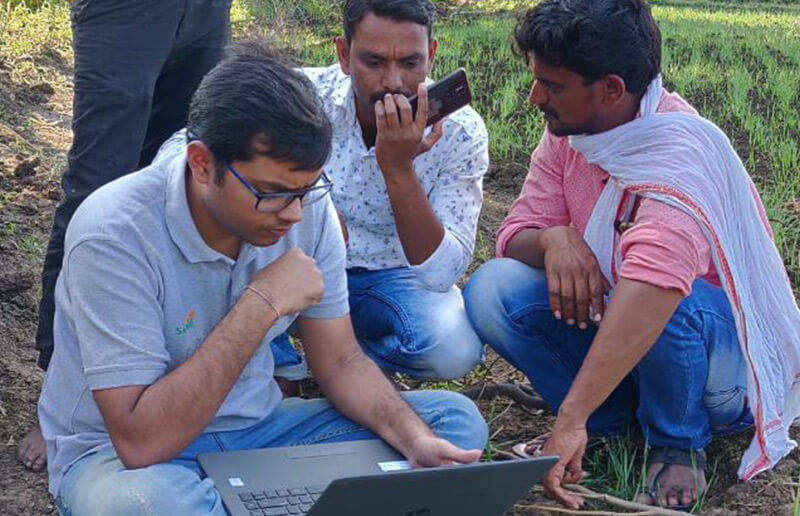
Samunnati’s Approach to Digitisation of FPOs
Samunnati is working with FPOs since 2016; and today we seamlessly provide innovative and customised financial and non-financial solutions to over 500 FPOs. Samunnati leverages on ‘social’ and ‘trade’ capital of stakeholders across the agri value chain. ‘Social’ capital being assessment of borrower’s creditworthiness using soft information, social feedback, local networks, and peers and ‘trade’ capital is based on the transaction history among the stakeholders through the length and value of the actual business potential and volumes.
In taking this approach, we stress on the need to understand FPO business, as well as, how to build their Institutional Capacity so that they can do more business for their members. Samunnati has realised that using technology, specifically digitisation can help us understand these two critical aspects of FPO lending. Take for example, an FPO with 500 members – digitalisation would enable us to comprehend the number of active members, the nature of the FPO business, its turnover, number of buyers and sellers they have, and so on. This gives a holistic analysis of the exact health of that FPO. Samunnati can thus offer solutions that are customised/structured better for the particular FPO, accordingly.
In addition to the financial solutions, Samunnati has developed a growth-oriented approach, known as AMLA [Aggregation, Market Linkages and Advisory services] in its engagement with the partner FPOs , by working with them to build better market linkages and using relevant technology and skills for growth. Similarly here, digitisation could help Samunnati achieve better outcomes on the solutions offered through the AMLA approach. For instance, digitisation can help us in estimating the yield of the farm at the beginning of the season. This will enable Samunnati to identify suitable institutional buyers for market linkage on or before the harvest rather than to wait till the produce is ready and then identify a buyer based on this. Further, non-availability of data at certain nodes can open-up intervention areas for institution building teams.
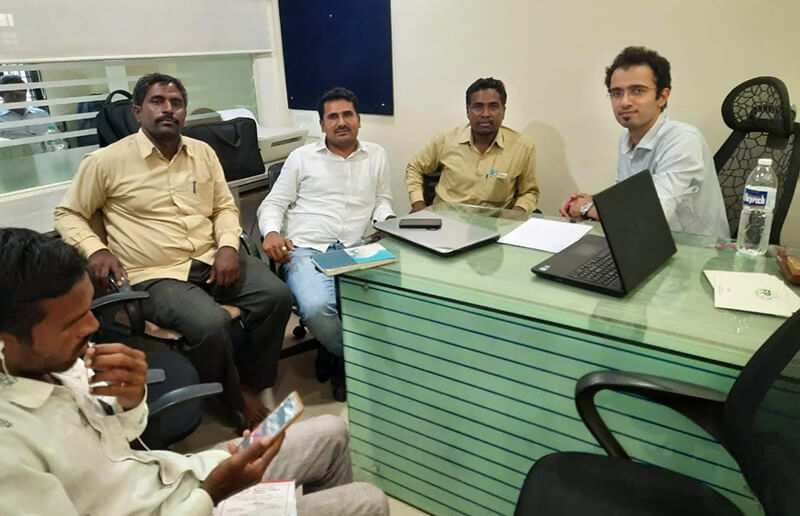
Having worked with FPOs that are at different maturity levels, Samunnati has identified the following key objectives for FPOs to function sustainably as a business enterprise:
- To efficiently perform its daily operations
- To aggregate input demand and reduce the cost of production
- To sell the collectivised produce of their farmer members and ensure that the member farmers get better prices, thereby, improving the engagement between the farmers and the FPO.
To meet these objectives, we believe that FPOs must have full information on its members, production and business/sales data. However, a simple market research of the FPOs shows that even mid-large sized FPOs maintain their data on excel, which is keyed into the system by their accountant.
In addition, the farm and farmer level data are maintained in physical registers. For instance, even when the FPO has 500 members, the FPO has minimum/no records of all members, including size of land, crop grown, etc. We also found that even though FPO as an entity is one of the most effective ways of aggregating demand and supply at a farmer level, FPOs are not able to connect/ transact with member farmers on time.
In the above context, we wanted to understand how digitisation could act as an enabler for FPOs? And, we divided the FPO data sets into three:
- Farm-level
- Farmer-level
- FPO-level
At the Farmer-Level and FPO level, the information such as location, staff details, management team details, farmer name, age, land holding, etc. does not change month-on-month, hence we considered this as mostly static data. However, the Farm-level data is more dynamic in nature, which includes information on the FPO’s daily operations such as buying-selling, warehousing, inventory keeping, packaging of produce and custom hiring etc., that needs to be updated based on the frequency of the activities.
Samunnati believes that interaction of the Farm Level, Farmer-Level and the FPO Level data can help in strengthening the FPOs and their business. Thus, Samunnati undertook a more holistic approach, where we are supplementing our financial solutions with technology and capacity building initiatives. We launched the first FPO digitisation pilot program in 2019 in Karnataka, Tamil Nadu and Maharashtra.
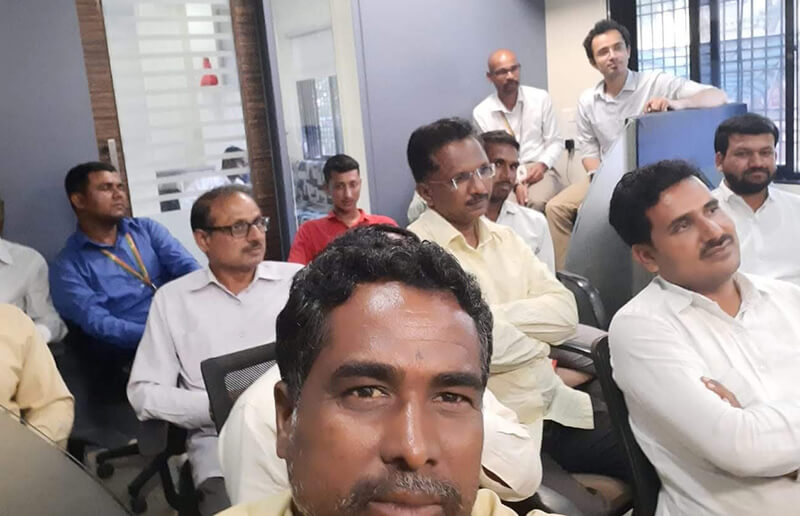
Some of the key insights from Samunnati’s Innovation team on the FPO digitisation pilot:
- Understanding the FPO and its compelling ‘need’ prior to the pilot. Typically, when Samunnati first demonstrates the digitisation solution to prospective FPOs, they are elated and would ask us to implement the technology, as soon as, possible. However, what we understood in the primary phase of the pilot is that digitising the FPO’s flagship activity/business prior to its members would help in greater acceptance of the technology among the FPO members in the long-term. If, for instance, 80% of the FPO’s business is from input shop, we need to digitise their business first otherwise the FPO would not use the system for other services as well.
- Important to identify multiple vendors to provide the best solution for the FPOs. During the pilot phase, we evaluated various vendors who are offering tech-solutions to FPOs to identify the best suited solution for the FPOs. Samunnati realised that it may not be suitable to go with a single vendor as different vendors have different strengths, their preference to work in a specific geography. We, therefore, started collaborating with different vendors to pilot their solution with select FPOs. Having said this, in order to enable FPOs to function as an enterprise, we cannot offer multiple systems such as one for accounting, one for farmer data management, etc., as this would confuse them. We wanted to create a balance and offer the best service possible to the FPOs – one that is useful for them on a day-to-day basis.
- Moving beyond implementation and onboarding FPOs on a digital platform, it’s important to handhold them for better uptake/habit forming. Over the last six months we realised that it’s important to handhold the FPOs to help them maintain their data online. Samunnati believes that this can, on an average, take anywhere between 3 to 6 months, during which we need to meet with the FPOs frequently. With the low adaptation rate, that kind of intensity is required so that FPOs can start using it themselves and form a habit.
- Identify a proper delivery channel for digitisation for it to be successful. While vendor management and onboarding of FPOs are important, it is equally important to have a strong digitisation channel. When it comes to static data, a dedicated delivery channel is not required as the data doesn’t have to be updated frequently; however since FPOs maintain the dynamic data in physical documents, this is where most FPOs struggle to update data and/or make sense of the data. Therefore, we plan to create a separate channel, a separate dedicated resource or more than one resource that can work with the FPOs consistently.

What’s on Samunnati’s anvil for FPO digitisation this year?
Samunnati started off with pilots with 10 FPOs across 3 different states in 2019. We have now digitised the static data of 10 FPOs completely and the dynamic data of around 6 FPOs. Samunnati has planned the program in three phases, digitisation of:
- Static Data of FPO’s farmer and farm
- Dynamic Data of FPO daily operations
- Yield estimation and weather alerts by way of remote sensing satellites
Samunnati plans to complete the digitisation of farmer-level data of its FPOs in the next few months. We will be working with FPOs to understand the nature of customization that is required, bundling of services, identifying feasible price points, and integration and collaborations with ag-tech players, to develop a technology driven FPO management system.
Samunnati’s Innovation team would continue to work on a product which enables the FPO managers to lead their FPOs seamlessly using mobiles & computers, bringing simplicity in management while ensuring data-driven high quality decisioning. Samunnati has also developed a draft delivery model framework to help FPOs update their data on a real-time basis, which would be implemented in the next few months.
We understand that digitisation of FPOs can’t be an isolated activity and requires various stakeholders to come together as data consumers to provide better services. Therefore, we believe that digitisation of FPOs could add immense value to the stakeholders in the agriculture ecosystem as a whole.
For more information on Samunnati’s work, Click here.
To collaborate/ contribute, write to Corporate Communications Team –corporatecommunications@samunnati.com
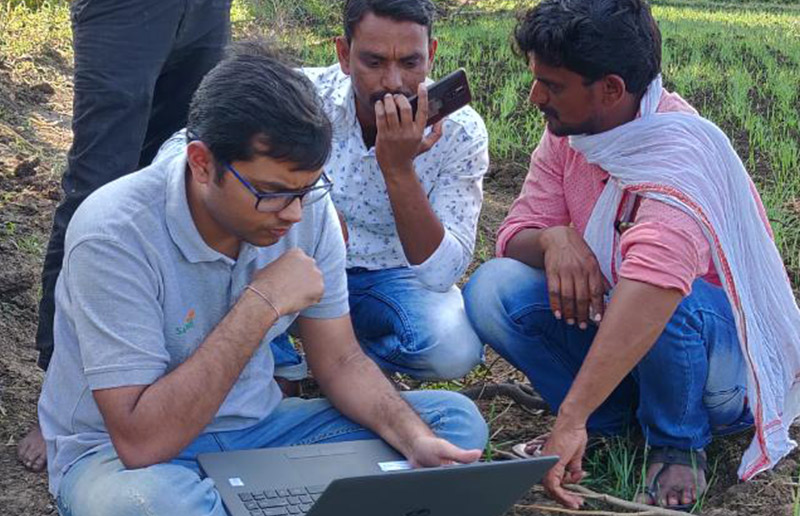
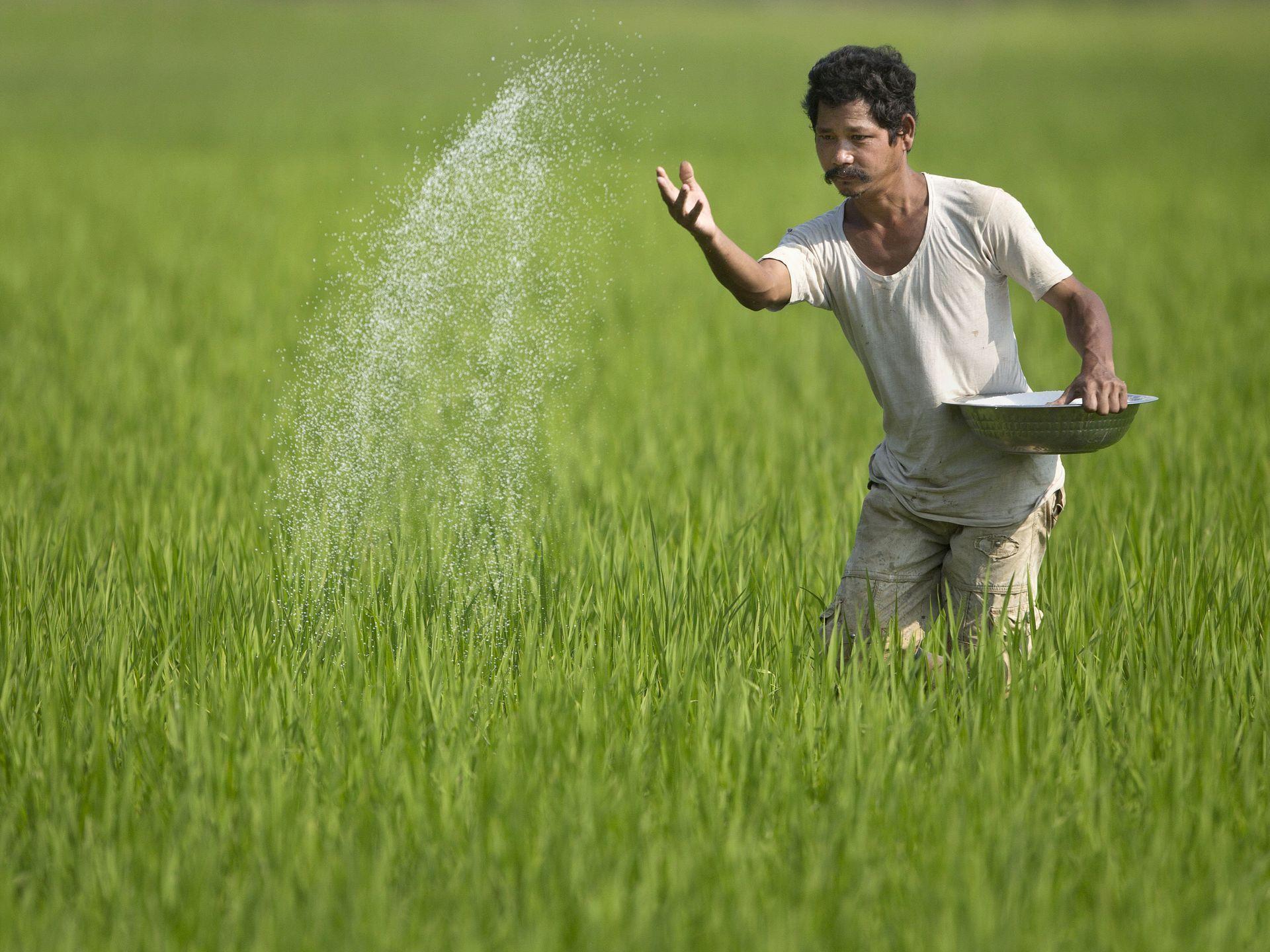
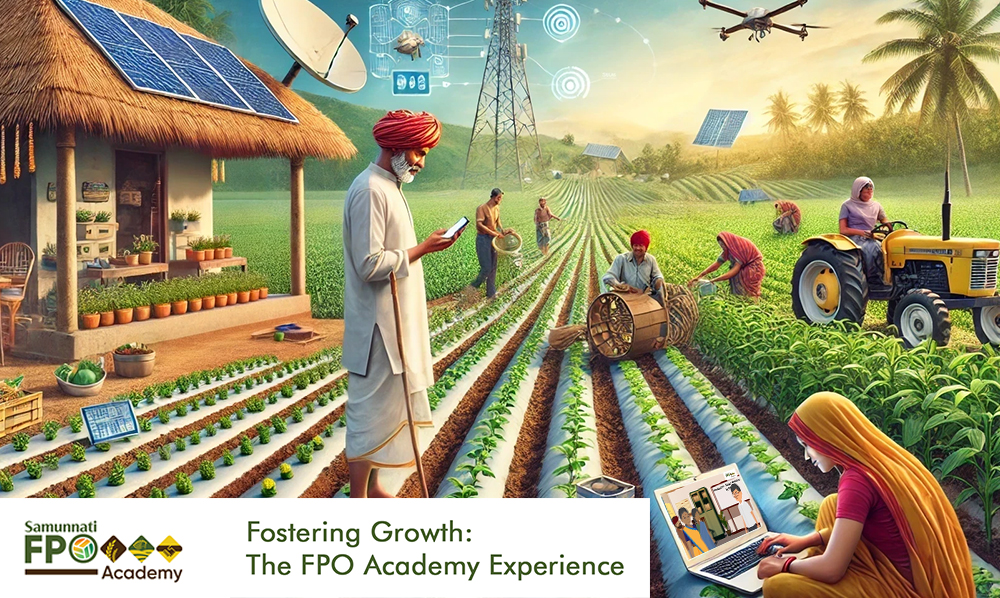
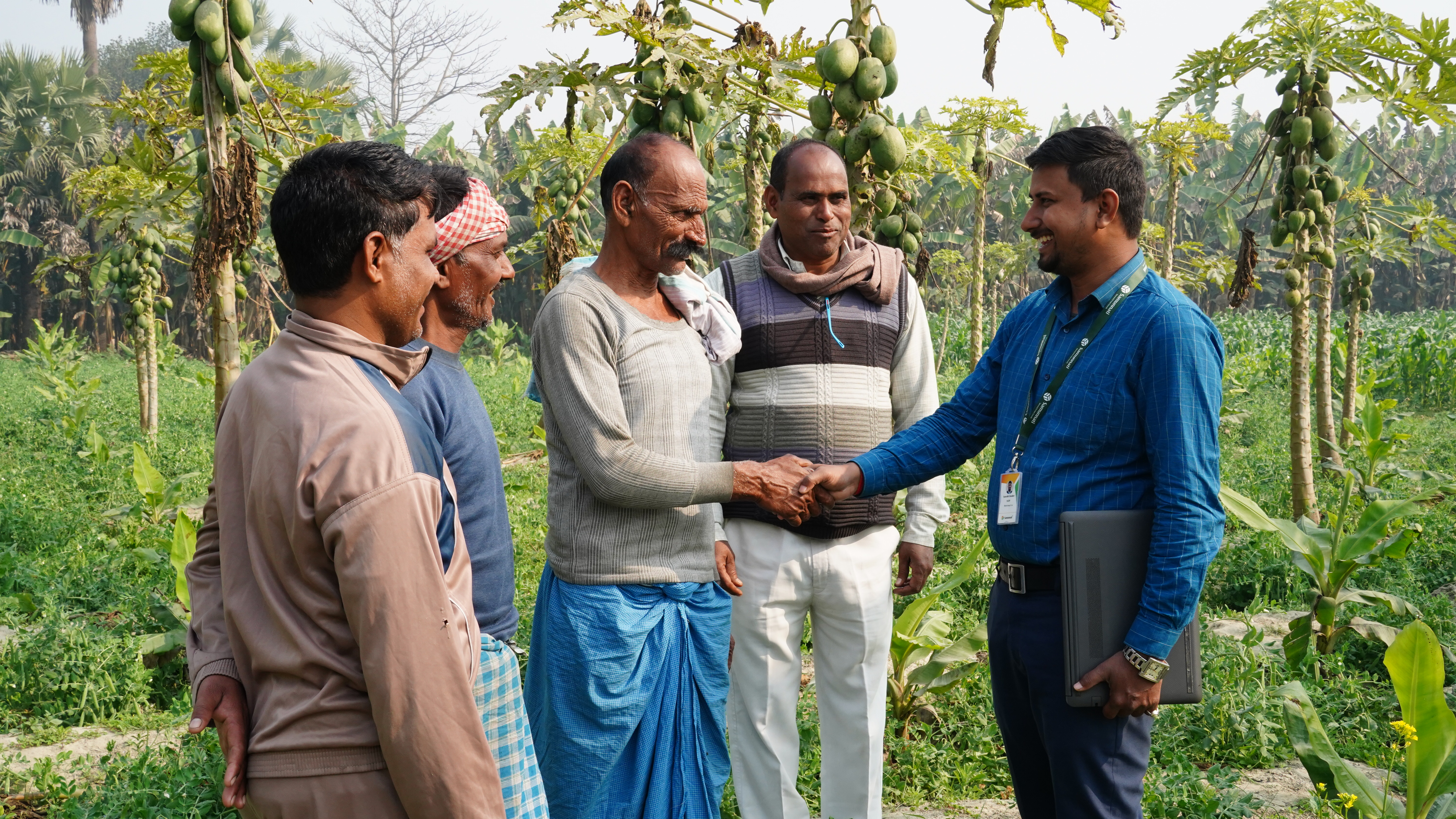

Leave A Comment